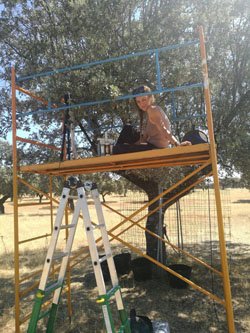Karolina Sakowska is a Marie Skłodowska-Curie Postdoctoral fellow (MSCA-IF-EF-ST: COSIF - Carbonyl sulfide and sun-induced fluorescence as joint constraints on terrestrial carbon cycling, project ID: 749323) working in the biometeorology working group (www.biomet.co.at) headed by Georg Wohlfahrt.
Terrestrial gross primary production (GPP) plays a critical role in offsetting anthropogenic carbon dioxide (CO2) emission and decreasing the rate of the associated global warming. However, its magnitude is highly uncertain due to conceptual and methodological difficulties in disentangling GPP and ecosystem respiration (ER) from eddy covariance (EC) flux tower measurements of net ecosystem exchange (NEE) of CO2. Such an uncertainty in carbon-climate feedback is a major source of uncertainty when modeling future greenhouse gas forcing and climate change.
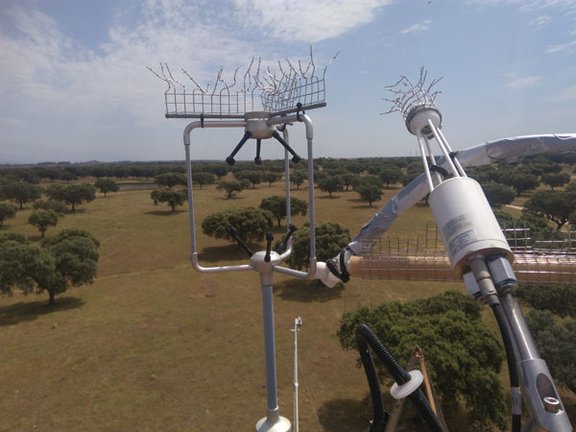
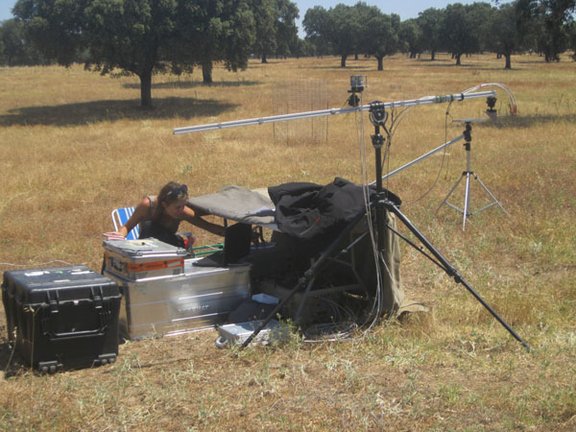
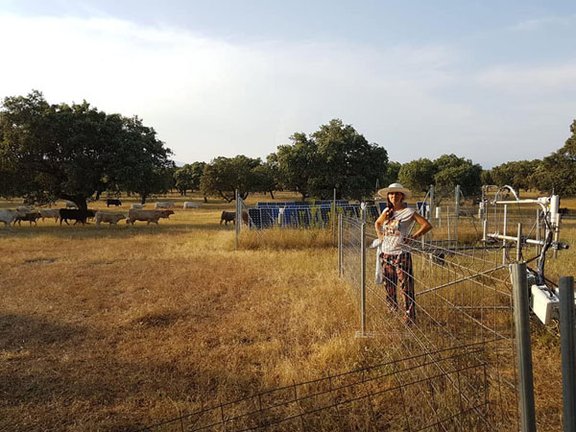
Fortunately, recent technological advances in quantum cascade lasers and high-resolution field spectrometers have enabled the use of alternative tracers for constraining ecosystem-scale photosynthesis, i.e. carbonyl sulfide (COS) and sun-induced fluorescence (SIF), respectively. COS has been proposed as a new promising tracer for partitioning GPP and ER from NEE, as it diffuses into leaves in a very similar fashion as CO2. COS is also processed by the same enzyme as CO2 – carbonic anhydrase, but in contrast to the latter, there is no concurrent COS efflux from the vegetation canopy. For this reason, COS can be potentially used to estimate the gross CO2 uptake by the vegetation. The principle underlying the use of SIF as a tracer of GPP is based on the fact that the light energy absorbed by chlorophyll molecules in a leaf can be dissipated via three different pathways: photochemistry, heat loss, and chlorophyll fluorescence. Since these processes directly compete for the excitation energy, measurements of SIF and non-photochemical quenching (NPQ) can provide information on photosynthetic performance.
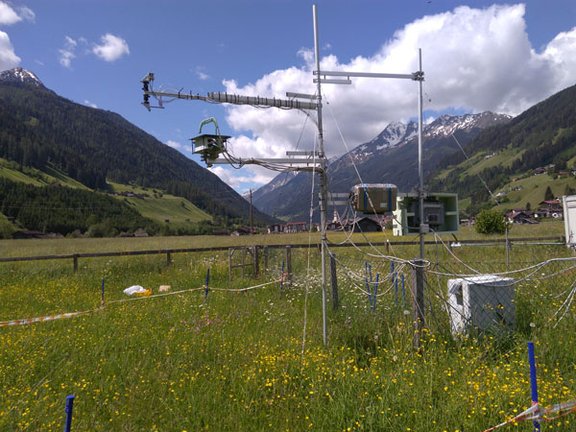
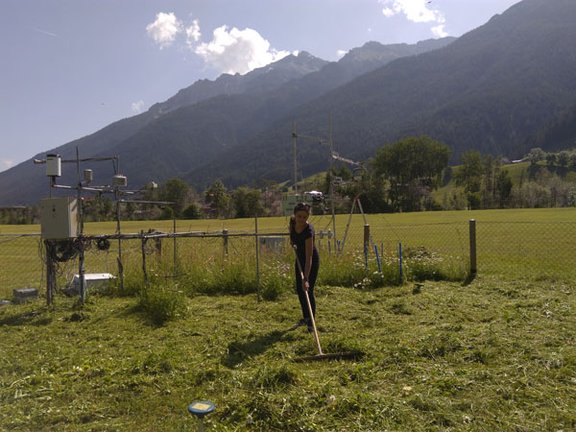
The overarching objective of the COSIF project is to provide new independent constraints on GPP using such a dual-constraint approach. To this end, Karolina’s activities revolve around integration of optical observations (hyperspectral reflectance and SIF) with EC COS and standard EC CO2 flux partitioning at three contrasting European ecosystems, including a temperate mountain grassland (Neustift, Austria), a Mediterranean tree-grass ecosystem (Majadas, Spain) and an evergreen forest (Mężyk, Poland).
University of Innsbruck
Institute of Ecology
Biometeorology Research Group
Sternwartestrasse 15, 6020 Innsbruck, Austria
e-mail: karolina.sakowska@uibk.ac.at

